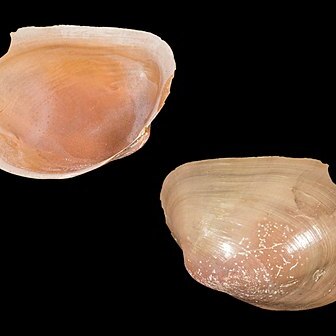Fls in a terminal complex "spike" within glume-like bracts. Bracts (2)–3, distinctly alternate, 1–2 bracts empty. Pseudanthia 1 always in the basal bract, 1 also in the middle bract in G. setacea. ♂, 2 in each pseudanthium; anthers 1-celled. ♀, 2 in each pseudanthium, collateral, connate or completely fused. Fr. dehiscing along the outer side of each carpel, or dehiscing loculicidally with 2 valves in G. australis. Perennial herbs, densely tufted and forming cushions. Stems much-branched, lfy throughout. Lvs ∞, densely imbricate, dilated at the base to a broad membr. sheath, slightly ligulate. Three spp. Type sp.: G. australis Gaud. from Falkland Is and Tierra del Fuego. Otherwise known only from N.Z., Tasmania and New Guinea.
Plants perennial, densely tufted and forming cushions. Stems branched. Leaves glabrous, slightly ligular. Inflorescences spikelet-like, (2-)3-bracteate. Fertile flowers 1-2, hermaphrodite, with or without a hyaline dorsal glume, a third one represented by barren glumes or absent. Stamens 2, alternating with the carpels; anther versatile, 1-celled. Carpels 2, collaterally connate, transverse or median; styles 2, united at the base, twisted or curled at the tips, adaxial apical part papillose-stigmatic. Fruiting carpels dehiscing along the outer side of each carpel or ovary or loculicidally dehiscing with two valves.

